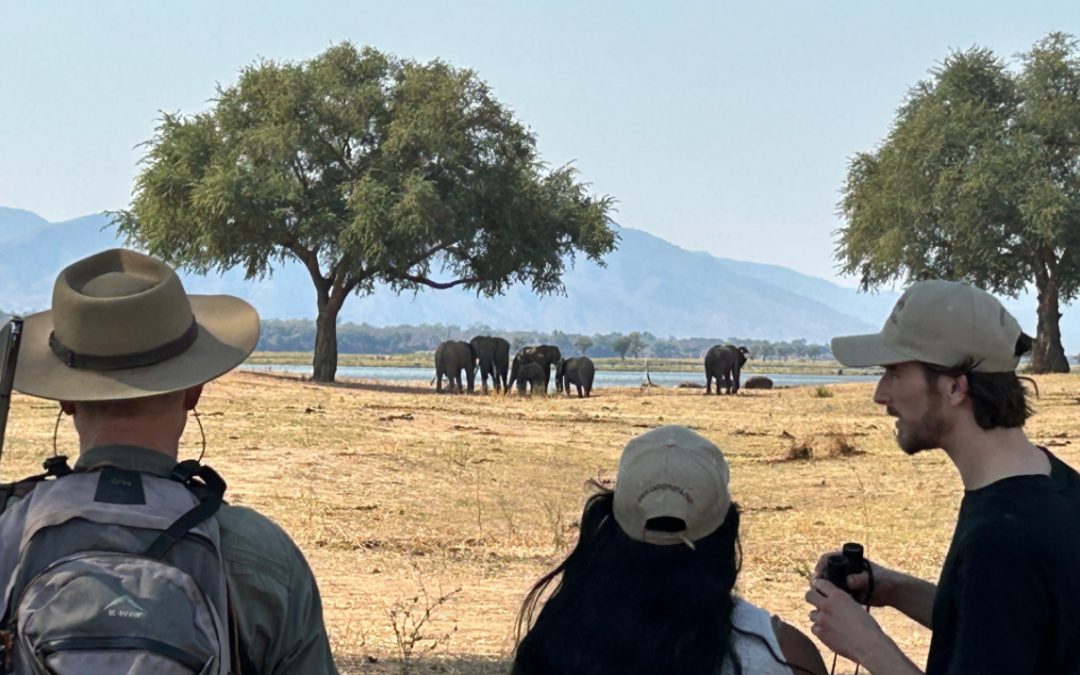For billions of years, nature has been quietly solving complex problems. Today, through the lens of biomimicry, we’re learning to look to the natural world not just for inspiration—but for answers.
Biomimicry is the practice of studying nature’s time-tested strategies and applying them to human challenges. From architecture inspired by termite mounds to energy-efficient transport modelled after bird flight, it’s a powerful reminder that some of the smartest solutions already exist in the wild.
I have been lucky enough to have been to Africa and on safari four times. Witnessing these majestic creatures in their natural environment is a privilege that has had a deep impact.
When it comes to leadership, we humans can learn so much from the wisdom, emotional intelligence, and deep connection of the elephant matriarchal system of leadership.
The Matriarch: Leadership Rooted in Wisdom
Elephant herds are led by matriarchs—usually the oldest and most experienced females in the group. These leaders aren’t chosen for brute strength or dominance, but for their wisdom, memory, and calm under pressure.
Matriarchs are responsible for guiding the herd to food and water, responding to threats, and teaching the younger generations. Their leadership style is grounded in service and protection—not control.
Leadership Lesson #1: Great leaders serve, not dominate. True leadership is built on guidance, responsibility, and care for the group—not power or authority alone.
Strength Through Deep Connection
Elephant herds are true family units. They typically consist of the matriarch, her daughters, sisters, and their calves. These relationships are built on strong emotional bonds, constant communication, and mutual support.
This deep connection allows them to work as a cohesive unit, especially during times of hardship.
Leadership Lesson #2: Relationships are the foundation of strong teams. Empathy and trust are essential for team cohesion and resilience.
Learning from the Past to Navigate the Future
What sets matriarchs apart is not just their memory—but how they use it. They recall the safest paths, hidden watering holes, and threats from decades past. That knowledge can mean the difference between survival and disaster.
Leadership Lesson #3: Experience allows leaders to draw from their past not to stay there, but to light the way forward for others.
Knowing When to Step Back
Male elephants leave the herd around the age of 12 to 15. They go on to live solitary lives or form bachelor groups. This natural transition allows both the young bulls and the herd to thrive.
Leadership Lesson #4: Let others grow—even if it means stepping aside. Empower your team to stand on their own. Growth often comes from space, not control.
Leading with Heart
What makes elephant leadership so inspiring is its emotional foundation. These matriarchs know their families. They lead with intuition, patience, and love. Their decisions are personal, not transactional.
Final Lesson: Lead with heart. The best leaders are grounded in compassion and purpose, not just metrics or ambition.
In our fast-paced, hyper-connected world, maybe it’s time we slow down and learn from the quiet strength of elephants. Their leadership is not loud or flashy. It is steady, wise, and deeply human—even if not human at all.
Because sometimes, the best leadership lessons don’t come from boardrooms…
They come from the wild.

